A Brief History of Poverty Alleviation in Neoliberal Times
This book is about implementation of poverty alleviation policy in recent times. It follows one poverty alleviation policy called Swaran Jayanti Shahari Rozgar Yojana initiated in 1997, through three large cities: Mumbai, Delhi and Kochi. There are specific reasons why this policy was chosen. It reflects the dominant paradigm in strategy in recent times. It is built on women, self-help group collective, microfinance and enterprise. The book spans five years of fieldwork (2009-14). It reproduces the circumstances of poor urban women, their families and the effect of policy designed to help them. Most significantly it examines policy execution at the local level. There is substantial difference in the manner in which the same policy is implemented in each city. The organization for implementation is also different and outcome is noticeably different as well. Consequently, comparisons are useful. In a manner the fieldwork also points to nature of ‘trickle-down’ that has occurred. India by then had experienced over two decades (1990-1 and 2013-14) of higher than historic growth. Large cities are high growth-centres, prime location of wealth accumulation as well as Trickle down. Travels into the ever-increasing margins of urban centres were unsettling, particularly in the mega cities. Trickle down evident does not take care of the problem of mass absolute poverty. Direct policy interventions of several kinds are needed but overall as this volume brings out the scale of the problem is completely unrelated to public resources, organization and energy applied to it.
Get it now and save 10%
BECOME A MEMBER

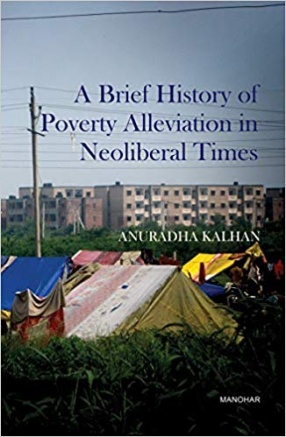
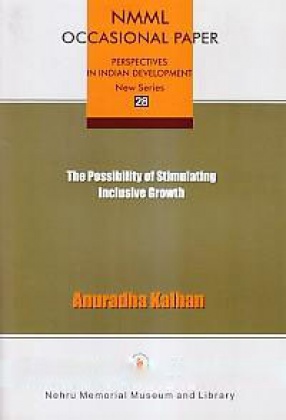
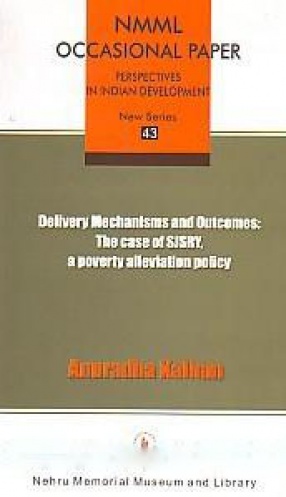



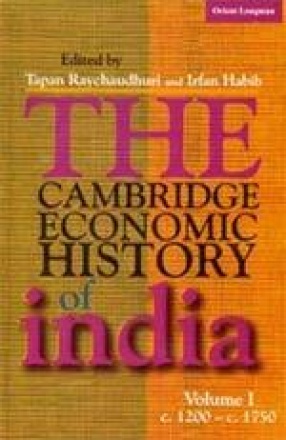
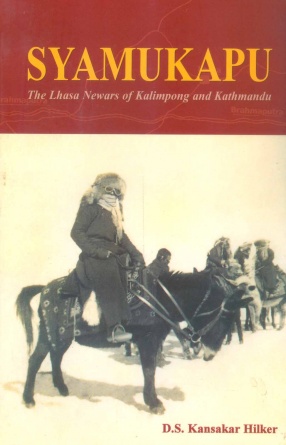

Bibliographic information